How Can You Stop Bladder Spasms Naturally?
Most people have experienced the discomfort of urgently needing to find a washroom. It's inconvenient, but it's not the same as constantly feeling that urge or dealing with embarrassing leaks that disrupt your life. These symptoms can be a direct result of unwanted bladder spasms, which can lead to significant lifestyle changes.
However, you can manage your symptoms and ease the pain they cause. In this blog, we’ll explain how you can stop bladder spasms, share effective natural remedies, and suggest lifestyle changes and alternative therapies to improve your quality of life. You'll also find valuable information about the causes of bladder spasms and how to prevent them. Keep reading to get the knowledge and tools needed to take control of your bladder health naturally.
BM131 is useful for frequent urination and irritability, changes in appetite, weight loss, unusual thirst, vision problems (blurring spots), tiredness, pale skin color, numbness or tingling feeling in the hands or feet, chest pain, repeated infection or slow healing of wounds, genital/vaginal itching and constant headaches.
What are Bladder Spasms?
Bladder spasms, also known as bladder contractions, are sudden and occur when the bladder muscles tighten or contract involuntarily. These contractions can happen even when the bladder isn't full, leading to a sudden and urgent need to urinate. The sensation can range from mildly uncomfortable to quite painful, and the frequency of these spasms can vary from person to person.
Overactive bladder (OAB) causes a sudden and often uncontrollable urge to urinate. Sounds similar right? Because of the similarity, people often use these terms interchangeably or even use the term urge incontinence instead. In reality, a bladder spasm is just one symptom of OAB, but other things could be causing your bladder spasms.
Common Symptoms
So, what does a bladder spasm feel like? Ummm… bad? The most common symptom of bladder spasm is that your brain keeps telling your bladder it’s full and that you need to pee, (except maybe you don’t or only just a tiny bit). This dreadful urge to pee can persist and you might even experience a small amount of urine leakage.
Urinary tract infections can certainly cause some very uncomfortable bladder spasms, but additional symptoms like those listed below help identify a bladder infection as the culprit or causal factor.
- Burning sensation when you void your bladder
- Ability to pass only small amounts of urine each time you use the bathroom
- Urine that looks cloudy, red, or pink
- Urine that smells bad
- Pelvic pain
Bladder spasms that are the result of OAB or urge incontinence, also have specific symptoms that indicate OAB as the problem.
- You often leak urine before reaching the bathroom
- Peeing eight or more times each day
- Interrupted sleep caused by getting up to pee two or more times during the night
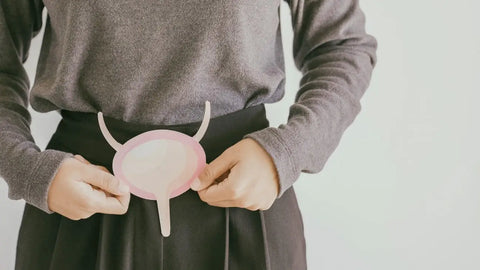
Common Causes
We’ve already talked a little bit about overactive bladder, it is one of the most common conditions associated with bladder spasms. The Urology Care Foundation estimates that about 40% of women and 30% of men in the United States right now have symptoms of OAB.
Bladder spasms can happen when you have a urinary tract infection (UTI) infection. UTIs occur when excess bacteria enter the urinary tract. If you have ever had a UTI you will likely know that burning searing pain may accompany the spasms and the need to go. Other symptoms could include a fever, cloudy urine, and pelvic pain. With proper treatment, these infections can clear up and your symptoms will go away.
Other causes of bladder spasms include:
- Prostate problems
- Interstitial cystitis
- Multiple sclerosis
- Diabetes
- Parkinson’s disease
- Stroke
- Diuretic medications
But there are other potential triggers. Bladder stones or a history of bladder surgery can also contribute to spasms. Additionally, hormonal changes, particularly in women during menopause, can affect bladder function.
Bladder Support & Kidney Cleanse supports urinary tract health. It may help maintain healthy kidney function. Useful for kidney stones, urinary tract infections, cystitis, cystopyelitis, hydronephrosis, and colic.
Natural Remedies for Bladder Spasms
Naturally managing bladder spasms involves a combination of dietary adjustments, herbal remedies, physical exercises, and relaxation techniques. These approaches can help reduce the frequency and intensity of bladder spasms without relying on medications. Here's a detailed look at various natural remedies:
1. Dietary Changes
Foods to Avoid
Certain foods and beverages can irritate the bladder and trigger spasms. Consider reducing or eliminating:
- Caffeine: Found in coffee, tea, chocolate, and some sodas.
- Alcohol: Can increase urine production and irritate the bladder.
- Spicy Foods: Can cause bladder irritation in some people.
- Acidic Foods: Such as tomatoes, citrus fruits, and vinegar.
- Artificial Sweeteners: Often found in diet sodas and sugar-free products.
Foods That Can Help
Incorporate foods that may soothe the bladder and promote overall urinary health:
- Water: Staying well-hydrated helps dilute urine and reduce irritation.
- High-Fiber Foods: These include whole grains, fruits, and vegetables to prevent constipation, which can aggravate bladder spasms.
- Magnesium-rich foods: These include leafy greens, nuts, and seeds. Magnesium may help reduce muscle spasms.
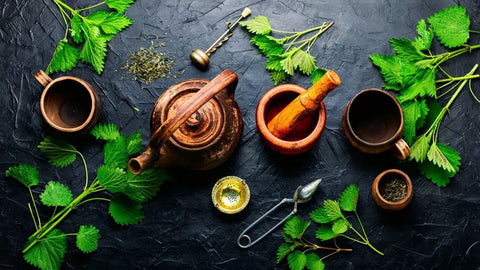
2. Herbal Remedies
Corn Silk
- Benefits: Known for its anti-inflammatory properties, corn silk can help soothe the urinary tract.
- Usage: Steep dried corn silk in boiling water to make a tea. Drink it several times a day.
Marshmallow Root
- Benefits: It has soothing properties that can help reduce irritation in the urinary tract.
- Usage: Make tea by steeping dried marshmallow root in hot water. Drink up to three cups a day.
Horsetail
- Benefits: It acts as a diuretic and has anti-inflammatory properties.
- Usage: Drink horsetail tea made from the dried herb a few times daily.
3. Pelvic Floor Exercises
- Benefits: Strengthening the pelvic floor muscles can help control bladder spasms and improve urinary control.
-
Steps:
- Identify the right muscles by stopping urination midstream.
- Tighten these muscles and hold for 3-5 seconds.
- Relax for the same amount of time.
- Repeat 10-15 times per session, three times a day.
Other Helpful Exercises
- Pelvic Tilts: Lie on your back with your knees bent and feet flat on the floor. Tighten your abdominal muscles and tilt your pelvis upward. Hold for a few seconds and release.
- Bridge Exercise: Lie on your back with your knees bent. Lift your hips towards the ceiling, hold for a few seconds, and lower back down.
BM23 provides effective natural therapy for nocturnal enuresis (bed wetting), inflammation of the bladder (cystitis), and painful or difficult urination (dysuria).
4. Bladder Training Techniques
Bladder training involves increasing the intervals between urination to improve bladder control.
Steps for Bladder Training
1. Schedule Bathroom Visits: Start urinating every 30-60 minutes, regardless of the urge.
2. Gradually Increase Intervals: Add 15 minutes to the interval each week.
3. Hold the Urge: When you feel the urge, try to hold it for a few minutes longer each time.
4. Relaxation Techniques: Practice deep breathing or distracting activities to manage the urge.

5. Homeopathic Remedies
Homeopathy uses highly diluted substances to treat various conditions, including bladder spasms. Here are a few commonly recommended remedies:
- Cantharis: For intense, burning bladder pain and frequent urges to urinate.
- Equisetum: For a constant, full sensation in the bladder with little urine output.
- Nux Vomica: For spasms with a frequent urge to urinate, often triggered by stress or dietary indiscretions.
- Pulsatilla: For bladder spasms that change frequently in nature and are often worse in the evening.
By incorporating these natural remedies into your routine, you can manage bladder spasms more effectively and improve your quality of life.
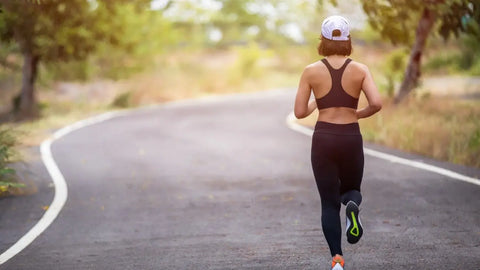
Lifestyle Changes
Making specific lifestyle changes can significantly help manage and reduce bladder spasms. These changes focus on improving overall health and well-being, which can positively impact bladder function.
Here are some recommendations:
1. Importance of Regular Physical Activity
Benefits
- Improves Bladder Control: Regular exercise strengthens the muscles, including those in the pelvic floor, which can help control bladder spasms.
- Reduces Stress: Physical activity is a natural stress reliever, which can help minimize stress-related bladder spasms.
- Promotes Healthy Weight: Maintaining a healthy weight reduces pressure on the bladder, which can decrease the frequency and intensity of spasms.
Types of Exercises
- Aerobic Exercises: Walking, swimming, cycling, and dancing are excellent for overall health and can be easily incorporated into daily routines.
- Strength Training: Lifting weights or resistance bands helps build muscle, supporting better bladder control.
- Flexibility Exercises: Yoga and stretching improve flexibility and help relax the bladder muscles.
2. Maintaining a Healthy Weight
Benefits
- Reduces Bladder Pressure: Excess weight, particularly around the abdomen, puts extra pressure on the bladder, increasing the likelihood of spasms.
- Improves Mobility: A healthy weight contributes to overall physical fitness, making it easier to stay active and manage bladder health.
Tips for Weight Management
- Balanced Diet: Eat a diet rich in fruits, vegetables, whole grains, lean proteins, and healthy fats.
- Portion Control: Be mindful of portion sizes to avoid overeating.
- Regular Exercise: Combine aerobic activities with strength training for effective weight management.
- Hydration: Drink plenty of water to stay hydrated, but avoid excessive intake that could strain the bladder.
3. Avoiding Smoking and Alcohol
Smoking
- Bladder Irritation: Smoking can irritate the bladder and increase the risk of bladder cancer.
- Stress on Bladder Muscles: Nicotine stimulates the bladder, potentially leading to more frequent spasms.
Tips for Quitting Smoking
- Seek Support: Join a support group or seek help from a healthcare professional.
- Nicotine Replacement: Consider nicotine patches, gum, or lozenges to manage cravings.
- Healthy Distractions: Engage in activities that keep your mind off smoking, such as hobbies or exercise.
Alcohol
- Increases Urine Production: Alcohol is a diuretic, meaning it increases urine production and can irritate the bladder.
- Reduces Bladder Control: Alcohol can affect the nerves that control bladder function, leading to spasms.
Tips for Reducing Alcohol Consumption
- Set Limits: Decide in advance how many drinks you will have and stick to that limit.
- Choose Alternatives: Opt for non-alcoholic beverages like sparkling water or herbal tea.
- Drink Slowly: Sip drinks slowly to reduce overall intake.
BM184 is best used for cystitis, urinary incontinence, burning of the urethra, excess uric acid, uneasiness in the bladder, polyuria, and a great quantity of colorless urine.
4. Clothing Choices
- Comfortable Clothing: Wear loose-fitting clothes to avoid pressure on the bladder.
- Breathable Fabrics: Choose fabrics that allow air circulation to prevent irritation and infection.
5. Bathroom Habits
- Regular Bathroom Breaks: Avoid holding urine for long periods, which can increase bladder pressure and lead to spasms.
- Double Voiding: After urinating, wait a few moments and try to urinate again to ensure the bladder is fully emptied.
- Proper Hydration: Drink water throughout the day but reduce intake before bedtime to minimize nighttime bathroom trips.
6. Stress Management
- Relaxation Techniques: Practice relaxation methods such as deep breathing, meditation, or yoga to reduce stress levels.
- Adequate Sleep: Ensure you get enough sleep each night to support overall health and reduce stress.
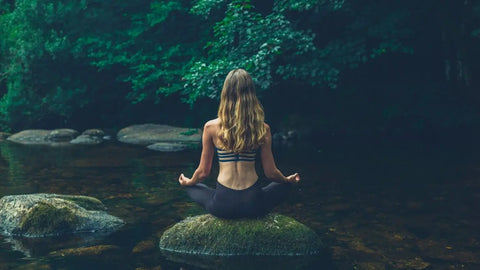
Alternative Therapies
In addition to dietary changes, herbal remedies, and lifestyle adjustments, several alternative therapies can help manage bladder spasms. These therapies focus on holistic approaches to improve bladder function and overall well-being.
Here are a few effective alternative therapies:
Acupuncture
Recent research suggests that acupuncture may be beneficial for those with OAB symptoms. A knowledgeable acupuncturist can insert thin needles or use an electronic acupuncture unit in specific points on the body to minimize urgency and frequency of urination. Acupuncture can help improve your quality of life if you have bladder spasms and leakage.
Chiropractic Care
Chiropractic adjustments can help align the spine. By reducing spinal misalignments (subluxations), chiropractic care can alleviate nerve irritation that may contribute to bladder spasms.
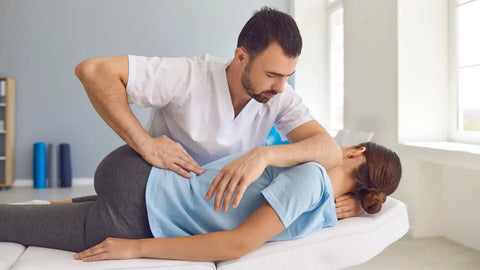
Biofeedback
Biofeedback uses electrical sensors to monitor muscles. This therapy is sometimes used to treat bladder leaking. Research suggests it is a beneficial first-line treatment for children.
Hypnotherapy
Hypnotherapy can help manage stress and anxiety, which are often linked to bladder spasms. This therapy promotes deep relaxation, alleviating muscle tension and bladder irritation.
Reflexology
Reflexology involves applying pressure to specific points on the feet, hands, or ears, which correspond to different body organs, including the bladder. It can enhance blood flow and nerve function, potentially improving bladder health.

When to See a Doctor
While natural remedies and lifestyle changes can help manage bladder spasms, there are times when it's essential to seek professional medical advice.
Knowing when to consult a healthcare provider can ensure you receive appropriate care and prevent complications.
Persistent or Severe Symptoms
If you experience any of the following symptoms, it's essential to seek medical advice:
- Persistent Pain: Severe or ongoing bladder pain that doesn't improve with natural remedies or over-the-counter treatments.
- Frequent Urination: Needing to urinate more than eight times a day or waking up multiple times at night to urinate (nocturia) despite lifestyle changes.
- Urgency and Incontinence: A sudden, intense urge to urinate followed by an involuntary loss of urine that significantly impacts daily life.
- Blood in Urine: Visible blood in the urine (hematuria) can indicate infections, stones, or other severe conditions.
- Fever and Chills: Symptoms like fever, chills, and bladder spasms could indicate a urinary tract infection (UTI) or other infection requiring antibiotics.
- Pelvic Pain: Persistent pain or pressure in the lower abdomen or pelvic region, which may indicate interstitial cystitis, bladder stones, or other conditions.
BM192 may aid with bladder inflammation, sharp stinging pains, burning pains when urinating, yellow urine, piercing discomfort, trouble passing urine effectively, bladder irritation, pains in the sacral region, and peritonitis.
Underlying Health Conditions
If you have any of the following conditions, you should consult a healthcare provider to manage bladder spasms effectively:
- Diabetes: High blood sugar levels can cause bladder dysfunction and increase the risk of urinary tract infections.
- Neurological Disorders: Conditions like multiple sclerosis (MS), Parkinson's disease, or spinal cord injuries can affect bladder control.
- Prostate Problems: Men with prostate issues, such as benign prostatic hyperplasia (BPH) or prostate cancer, should seek medical advice for bladder symptoms.
- Kidney Disease: Bladder spasms can be related to kidney function, and individuals with kidney disease should be under medical supervision.
Ineffectiveness of Natural Remedies
If natural remedies and lifestyle changes do not alleviate your symptoms or if they worsen over time, you should seek medical advice. A healthcare provider can conduct a thorough evaluation and recommend appropriate treatments.
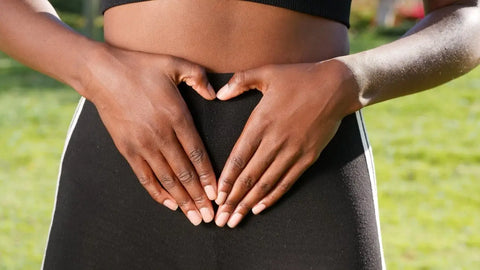
The Bottom Line
As you can see, plenty of natural and holistic ways exist to stop bladder spasms. From adjusting your diet and trying out herbal remedies to practicing relaxation techniques and exploring alternative therapies, there’s a lot you can do to address your symptoms naturally.
Remember, it's all about finding and sticking with what works best for you. Don't hesitate to contact a healthcare professional if you need extra help or if your symptoms persist.


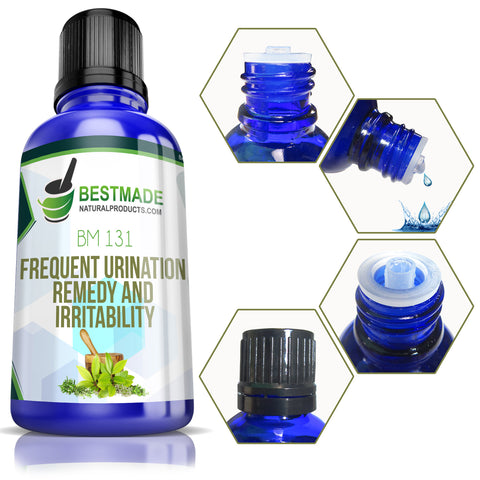
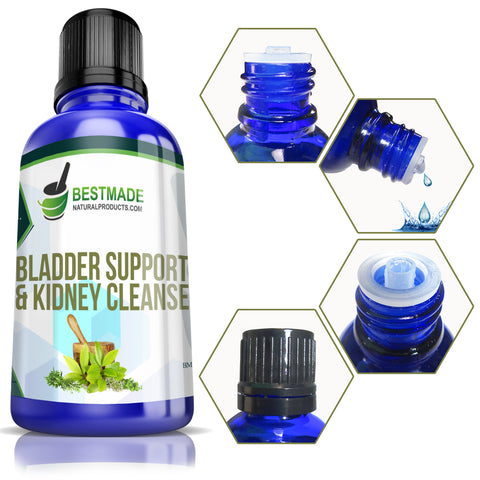

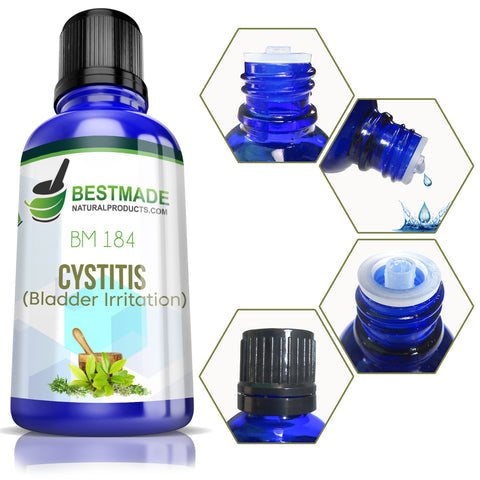

Leave a comment